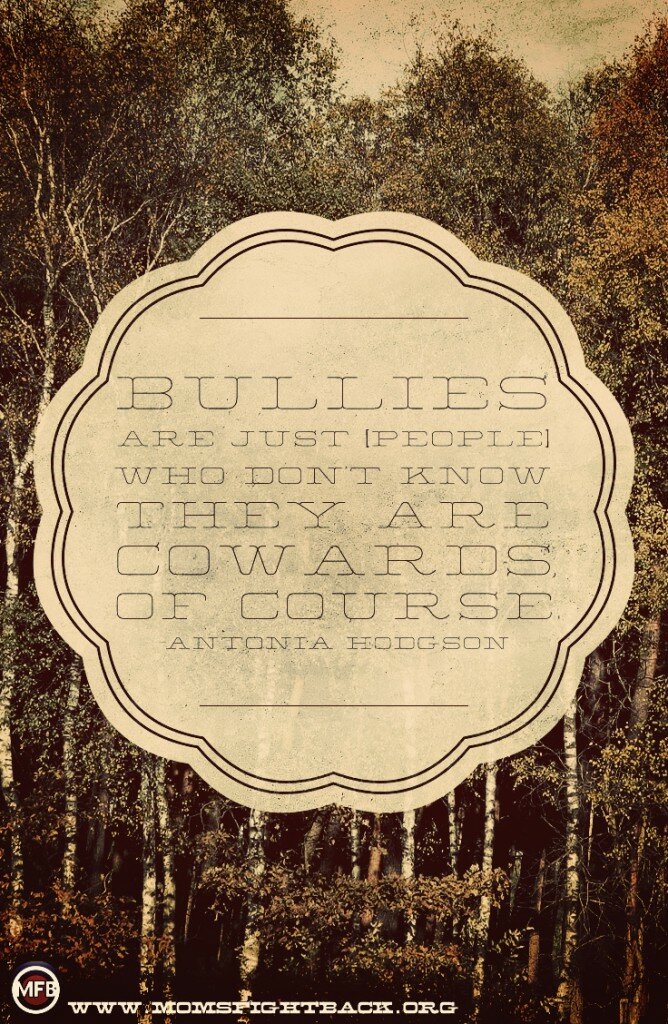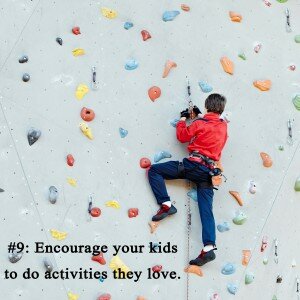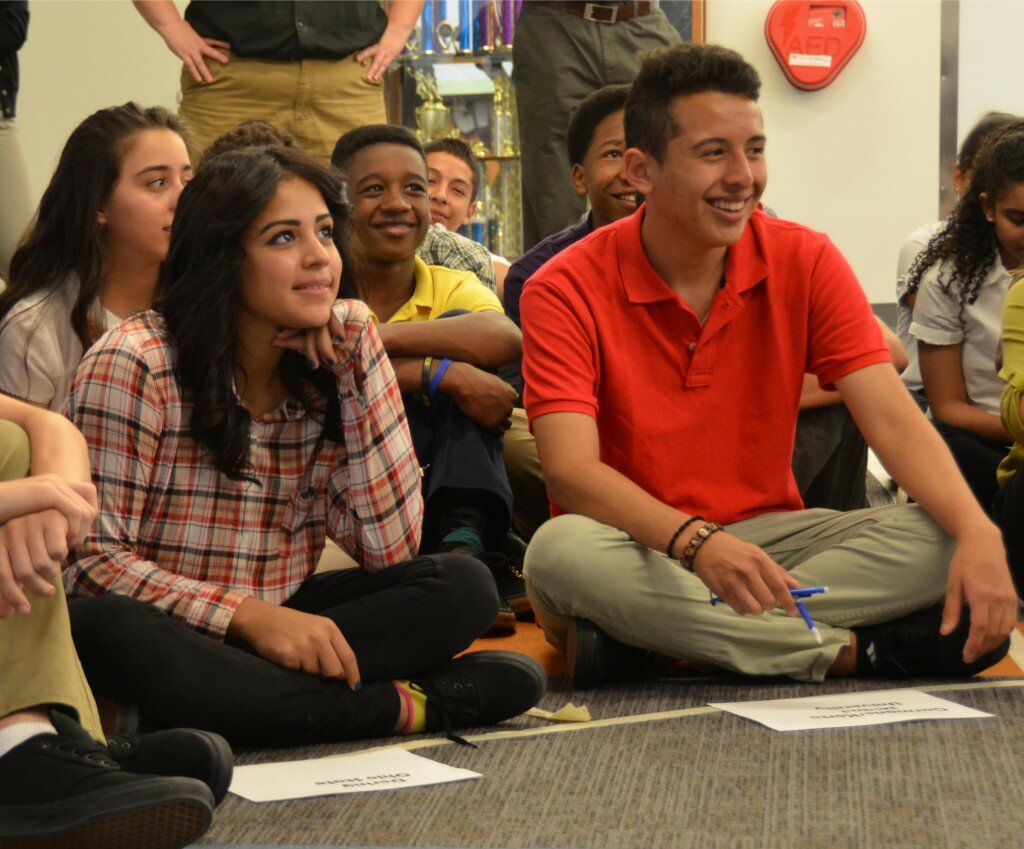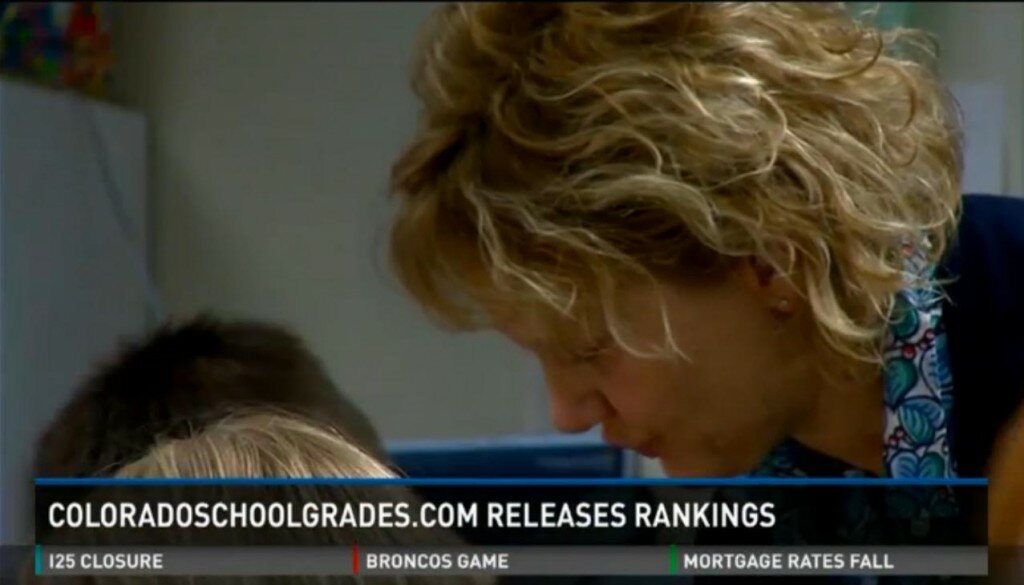![]() Choosing the right school for your child can be a daunting task. There are so many choices…and so little time. Numerous resources exist to help with the decision making process from on-line databases and grading systems to sophisticated school websites and even professional coaches/advisors. However, in my opinion, nothing is as beneficial as an old-fashioned visit. Seeing it is believing it, and shadowing a potential school can be a really great opportunity for both you and your child. Be sure to make the most of it by preparing with the following tips:
Choosing the right school for your child can be a daunting task. There are so many choices…and so little time. Numerous resources exist to help with the decision making process from on-line databases and grading systems to sophisticated school websites and even professional coaches/advisors. However, in my opinion, nothing is as beneficial as an old-fashioned visit. Seeing it is believing it, and shadowing a potential school can be a really great opportunity for both you and your child. Be sure to make the most of it by preparing with the following tips:
Be Intentional: You and your child should have several things in mind as you visit a school. Don’t simply let the experience wash over you but be thoughtful and deliberate about the things you want to see, hear, and experience.
Be Inquisitive: Don’t be afraid to ask questions – both factual and otherwise. You want basic information, but it is also good to get opinions from teachers and students. And don’t make assumptions; this is your chance to learn so much more than a website or marketing materials can convey.
Be Open: Visit with an open mind, free of pre-conceived perceptions. If you go expecting or looking for certain things, you likely will miss out on some valuable insights. And, sometimes you might even be pleasantly surprised to learn things weren’t at all what you thought.
Each visit is – and should be – unique but here are a few things to keep in mind:
 Physical facility: is it a place you would want to spend the majority of your time? Just like a work environment, our kids spend a great deal of their days at school. It doesn’t need to be fancy but is it bright and welcoming? Is it clean and well-maintained? Is school spirit visible?
Physical facility: is it a place you would want to spend the majority of your time? Just like a work environment, our kids spend a great deal of their days at school. It doesn’t need to be fancy but is it bright and welcoming? Is it clean and well-maintained? Is school spirit visible?
….and is there a gymnasium and does it look well-equipped? A cafeteria that supports healthy food options? Are there outdoor areas for recreation or quiet studying? Is the library updated and is technology incorporated? A stage/theatre? Dark room? Art room? Science Lab? These may be important resources, depending on your child’s interests,
 Students: what are the kids doing? How are they interacting with each other? Does there seem to be a sense of camaraderie among the students? Are they laughing and smiling in the hallways and common spaces? Do they generally look happy and engaged?
Students: what are the kids doing? How are they interacting with each other? Does there seem to be a sense of camaraderie among the students? Are they laughing and smiling in the hallways and common spaces? Do they generally look happy and engaged?
…and do they participate in class? How? Do they show respect for their teachers and each other? Do they appear curious and interested or do they look bored to death? Hint: you can tell a lot simply from body language.
Teachers: how do they interact with students? Are they supportive and empowering? Would you be afraid to ask questions or would you be encouraged to speak up and participate? Is there a sense of mutual respect? Is there good rapport between them and the students?
…and are they articulate and knowledgeable? Do they seem passionate? Can you envision them igniting interest and curiosity in your child? Are they people you want your child to look up to and emulate? Are they good role models?
Curriculum: students learn in different ways so be sure to understand the model and how it is presented. Is it a structured or more informal approach? Is there a particular lens through which material is presented, i.e. a global or artistic perspective? Regardless of your child’s particular interests, is it important to have PE every day? How about art or foreign language?
 Extra-curricular: What types of clubs, sports and affinity groups are available? Can students initiate efforts related to their own interests? Listen for examples of how widely accessible these opportunities are and whether students are taking advantage of them. Hint: you can find clues looking around the building for meeting notices, events and activity sign-ups.
Extra-curricular: What types of clubs, sports and affinity groups are available? Can students initiate efforts related to their own interests? Listen for examples of how widely accessible these opportunities are and whether students are taking advantage of them. Hint: you can find clues looking around the building for meeting notices, events and activity sign-ups.
Approaching your visit with some deliberative thought will prove beneficial for both you and your child. However, while it is important to be prepared, you shouldn’t get too focused on specific things. Be sure to experience the school during your visit – get its vibe – and try to picture your child being a part of it.
Using these easy tips and keeping in mind these few things will ensure that your shadow experience will be productive and meaningful. And, it will allow you and your child to make an informed decision that is right for both of you.
 |
| 















 DSST’s mission is to transform urban public education by eliminating educational inequity and preparing all students for success in college and the 21st century. We have a focus on being ready for college throughout our curriculum from 6th through 12th grade. Our students are required to pass rigorous courses, like pre-calculus, before graduating from DSST. They also participate in both an internship, which gives them an eye into the working world, and a senior project which asks them to research and write an extended paper on a topic before presenting it to a panel of adult DSST community members.
DSST’s mission is to transform urban public education by eliminating educational inequity and preparing all students for success in college and the 21st century. We have a focus on being ready for college throughout our curriculum from 6th through 12th grade. Our students are required to pass rigorous courses, like pre-calculus, before graduating from DSST. They also participate in both an internship, which gives them an eye into the working world, and a senior project which asks them to research and write an extended paper on a topic before presenting it to a panel of adult DSST community members.




